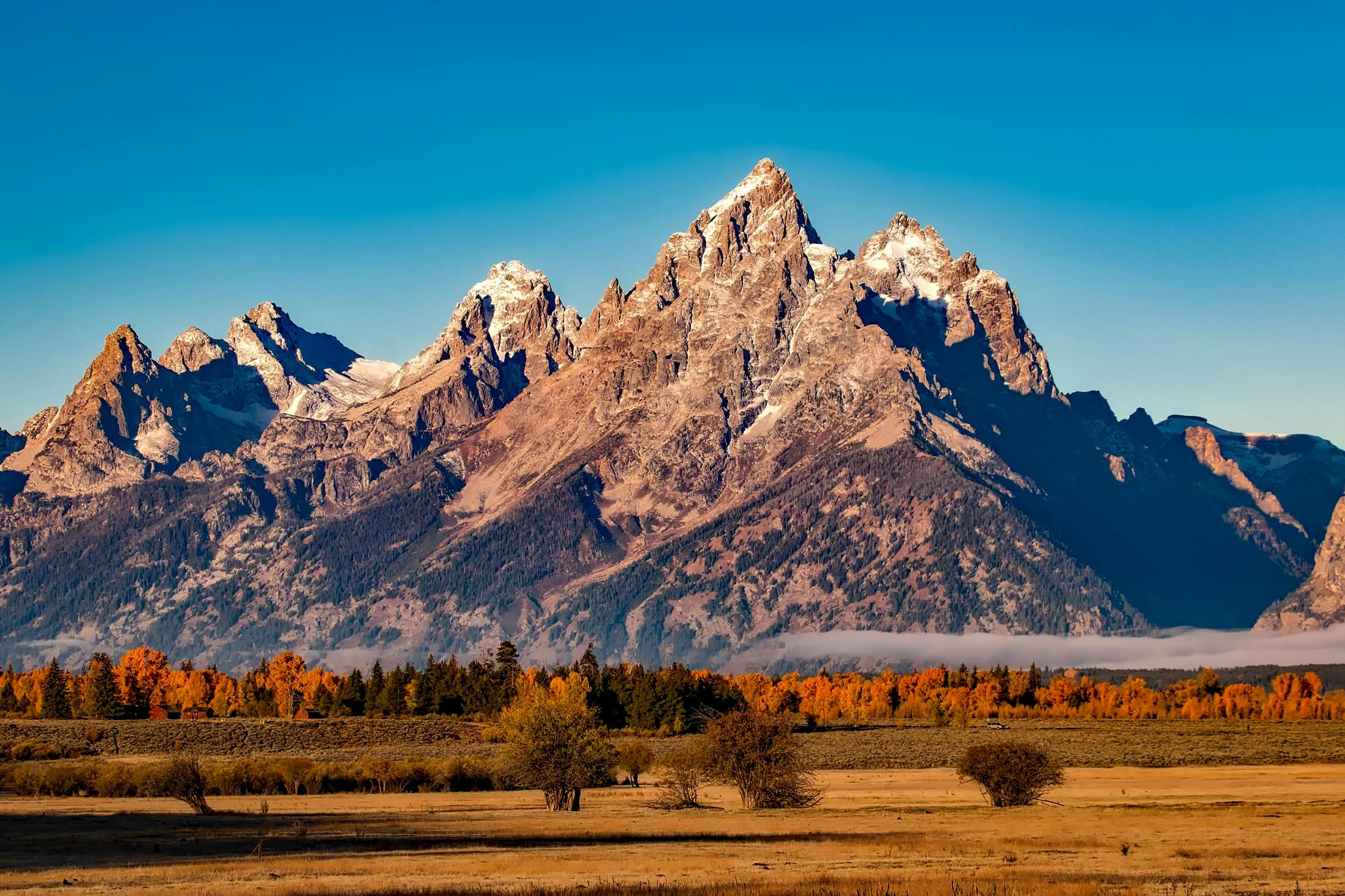Transform Your Landscape With These Gorgeous Native Plants Now
Transform your landscape into a thriving, eco-friendly haven by exploring and incorporating these stunning native plants, and as you browse options, you'll discover how they can transform your outdoor space while benefiting the environment.
Why Choose Native Plants?
Native plants are those that occur naturally in a region, having adapted over thousands of years to local climate and soil conditions. They offer numerous benefits, making them an excellent choice for landscaping. By selecting native plants, you reduce the need for fertilizers and pesticides, as these plants are already suited to thrive in your area. This not only saves you money but also minimizes environmental impact, promoting a healthier ecosystem1.
Environmental Benefits
Native plants play a crucial role in supporting local wildlife. They provide essential habitats and food for pollinators such as bees, butterflies, and birds. This biodiversity support is critical, especially as many pollinator populations are in decline2. Additionally, native plants are more drought-resistant and require less water, making them a sustainable choice for water conservation efforts.
Cost-Effectiveness
When you choose native plants, you can significantly lower maintenance costs. Since these plants are adapted to local conditions, they require less irrigation, fertilization, and pest control. This translates into savings on water bills and gardening supplies. Moreover, native plants can often be sourced at competitive prices from local nurseries, sometimes even at a discount during community plant sales or environmental initiatives3.
Designing with Native Plants
Creating a landscape with native plants doesn't mean sacrificing beauty. In fact, many native species offer vibrant colors and unique textures that can enhance the aesthetic appeal of your garden. Consider incorporating a variety of native shrubs, perennials, and grasses to create layers of interest throughout the seasons. For instance, the purple coneflower (Echinacea purpurea) adds a splash of color and attracts pollinators, while the switchgrass (Panicum virgatum) provides texture and movement4.
Getting Started
To begin transforming your landscape with native plants, start by researching which species are native to your area. Many resources, such as local extension services or botanical gardens, offer lists of recommended native plants. Additionally, visiting websites of native plant societies can provide valuable insights and options for purchasing plants. As you follow the options available, you'll find that integrating native plants into your landscape is not only environmentally responsible but also a rewarding and beautiful endeavor.
By choosing native plants, you are investing in a sustainable future, creating a vibrant and resilient landscape that benefits both you and the environment. Explore these options today to start your journey towards a more eco-friendly garden.
References
- EPA - Benefits of Green Infrastructure
- National Wildlife Federation - Native Plants
- Audubon - Native Plants Database
- US Forest Service - Native Gardening








